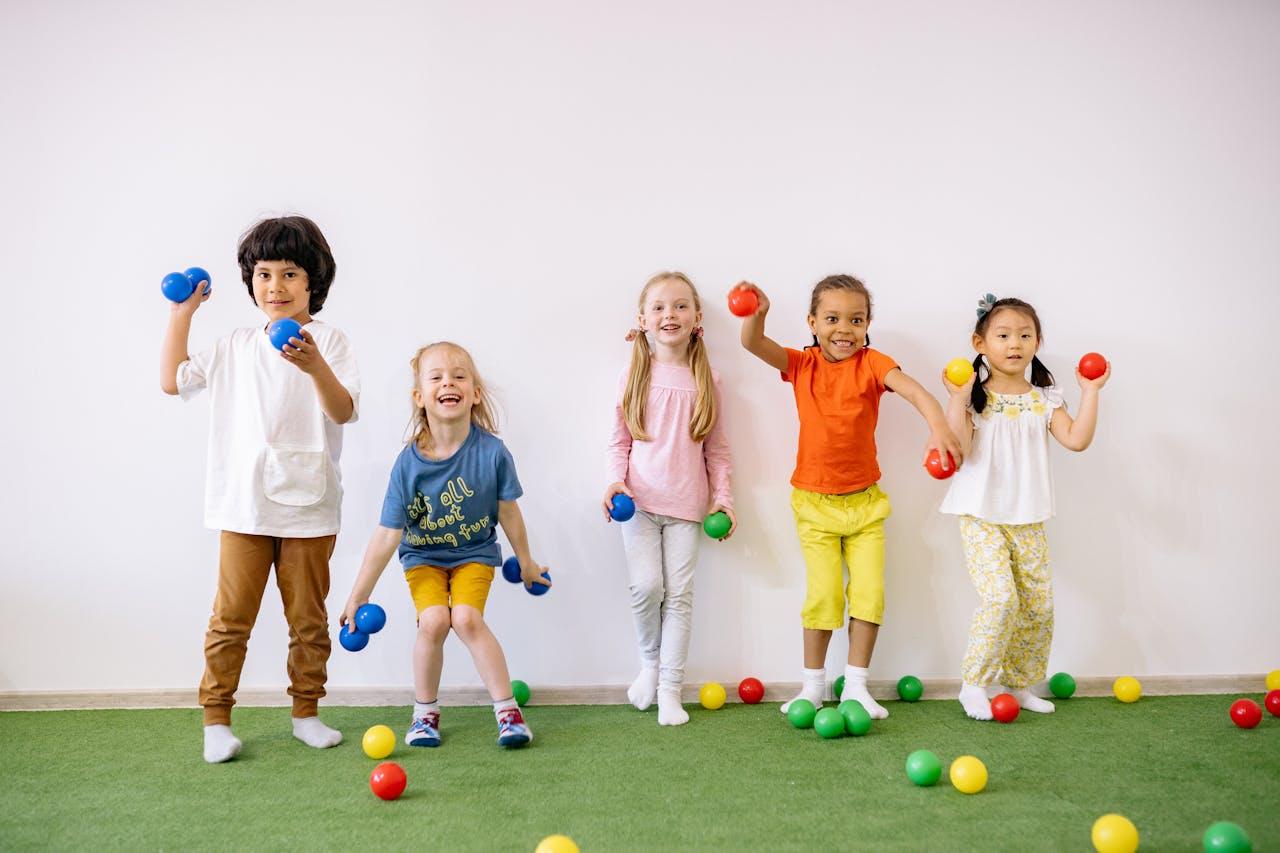As educators, one of the perennial challenges we face is capturing the imagination and maintaining the attention of our students. In an era where digital natives are increasingly common, traditional methods of teaching must evolve to engage these young minds effectively. One method of reshaping the educational landscape revolves around transforming the classroom. This merges education with entertainment, drawing on the diverse benefits of play in learning.
Engaging students with playful learning environments
Studies have repeatedly shown that students thrive in environments that blend play with education. When the conventional classroom setting is supercharged into a dynamic space for exploration, children become more engaged. Creating an indoor setting that invites curiosity can turn lessons into a form of play, which in turn fosters a deeper connection with the subject.
Fostering collaboration and communication
The core of any interactive indoor playground is its capacity to foster collaboration among students. Such settings encourage teamwork and effective communication, skills which are invaluable beyond the school walls. Collaborative projects and group activities facilitate social development and enhance students’ ability to work together toward common goals.
Utilizing technology to enhance learning
Technology, when wielded appropriately, can bolster the development of interactive spaces. For instance, smartboards and tablets can be integrated into lessons to provide interactive experiences that captivate young learners. This tech infusion turns a simple room into an interactive domain where every corner offers a new opportunity for discovery.
Adapting play to curriculum goals
Adapting interactive teaching to align with curriculum goals is crucial. This ensures that while students are enjoying the playful aspects of learning, they are also meeting educational benchmarks. The activities within the indoor playground should be thoughtfully designed to reflect the curriculum, ensuring that playtime never strays from the learning objectives.
Incorporating physical activity in learning
An added benefit of an interactive setting is the incorporation of physical activity. Movement stimulates the brain and helps students stay alert. Integrating physical challenges or play structures into the classroom experience can cater to kinesthetic learners and promote a healthy balance between mental and physical activity.
Balancing fun and structure
Despite the emphasis on play, structure remains vital. Clear rules and expectations help maintain order within the interactive environment, ensuring that students understand the balance between fun and responsibility. Educators must be proactive in directing the flow of activities to keep students on task.
Aiding students with different learning styles
An inclusive educational space serves various learning styles. Visual aids together with hands-on experiences can be combined to meet the diverse needs of all students. This multifaceted approach ensures that every student has an entry point into the learning process, regardless of their preferred learning style.
Stimulating creativity and innovation
Innovation in education is not only about new gadgets and technologies. It’s also about stimulating creativity in students. Innovative teaching can serve as a breeding ground for innovation, where students are encouraged to think outside the box and develop creative solutions to problems.
Measuring progress within interactive settings
Assessments and feedback mechanisms should be in place to gauge the success of these interactive learning modules. It’s essential to analyze student engagement and learning outcomes to refine the teaching methods continuously. This feedback informs future initiatives, shaping a more effective and enjoyable learning experience.
The future of education
Cultivating an inviting atmosphere within the educational sphere is becoming paramount for the success and well-being of students. As educators, continuing to adapt and incorporate interactive elements into the learning environment can significantly contribute to the development of committed, knowledgeable, and collaborative students.
This innovative blend of play and education is not just a fleeting trend; it’s the blueprint for the future of teaching, where every student is encouraged to reach their full potential in a supportive, stimulating environment. With the right application, these creative methods can usher in a new era of educational excellence.



































